
Bangladeshi photojournalist GMB Akash is a great photographer. His socially conscious work brings to light what many select to ignore. His work has been featured in over a hundred international publications, from National Geographic to Newsweek and he has spent more than 20 years establishing a reputation as one among the top professional photographers in his country.
Focusing on social issues, he gives a voice to refugees, child laborers, sex workers, and other oft-ignored groups through his photography. As a professional who values his work and also wants to enrich the lives of others, he is continually striving to do what he can for the subjects of his photographs. This comes not only in the form of telling their stories but helping them find business opportunities. Akash also founded the non-profit First Light Institute of Photography to bring quality education to children who cannot afford it in Bangladesh.
Akash has spent over a decade documenting the plight of child laborers in Bangladesh. By giving a face to this issue, he forces the public to look at the human toll of an all too common phenomenon. Those children, who are tasked with backbreaking, dangerous work, support themselves and their entire families starting as young as five years old. For greedy factory owners, who would rather pay a kid the equivalent of $4 to $8 (400 to 700 taka) a month as opposed to the $60 (5000 taka) an adult would earn, the choice is apparent. By exposing this disgusting practice, Akash hopes to forge a new path for child laborers not only in Bangladesh but all around the world.
Mymodernmet had the chance to speak with Akash in-depth about his life as a photojournalist and why he continues to dedicate himself to this important work.
Follow his Facebook for more stories about the people in his photographs.
Thanks to mymodernmet for the interview:

How did your interest and career in photography begin?
Twenty years ago, a boy from nowhere in Bangladesh dreamed of having a life that he truly wanted to live—a life that is worth living, worth dreaming about. People around me had no idea about photojournalism. At that time, parents supported you even if you wanted to become an artist, illustrator or an actor/singer. But a “photojournalist” did not exist in the circles that I was brought up in. I had been criticized for my dream every single day. When I was working with the gay community, people called me gay; when I was documenting sex workers, people pointed at my character; when I was documenting child laborers, people said I was selling poverty. I only listened to what my heart told me, which was to bring out the truth in the light.
As a photojournalist, I am often faced with one question that is asked by myself and by audiences: what have I done for the people who I had photographed? At the beginning of my career, I saw that the lives of people whose photographs I had taken were the same years later. This was a moment that inspired me to look at my book Survivors, a self-published photography book depicting the invincibility of the human spirit to survive against all odds. I then started to try to find the people who I photographed in this publication and do something concrete to change their lives. I saw that via photojournalism, I was able to create awareness through my images and stories which led to more assignments and other work where I could acquire resources to use to help these people.
I created an individualized small business for each of the 65 families I found in my book to help them to become self-sufficient. This is not a micro-loan but a gift from me that I continue to give to these families and others with my earnings from photography assignments, workshops, special projects, publications, and fundraising.
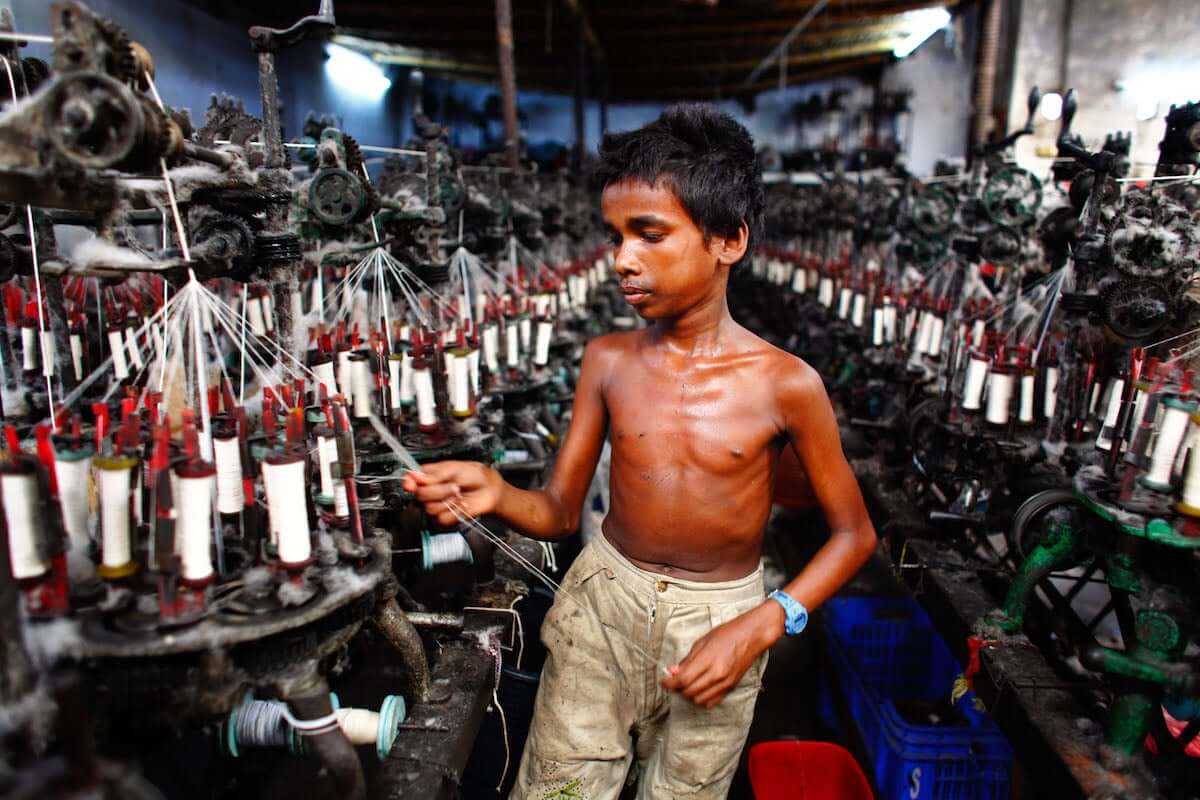
What led you to choose documentary photography as your focus?
Frankly, documentary photography is not a money-making field. It is very hard now, and was even tougher for me in 1996 when I started. My mother used to say, “When you will not have a single penny in your pocket, your love will fly through the windows.” That love was, and still is, photography.
My father told me, “Settle with one: money or dreams.” I replied, “Both dreams and money.” Now I have enough money to live my life and live my dream. It did not come in the blink of an eye. You need time to build your name, your reputation, and to prove your devotion. If you are looking to drive a Ferrari and live in a luxury duplex, documentary photography is not for you. I try to be honest to my profession, to my work, and to my clients. That is my simple rule that I am following in order to make a niche for myself. I have no desire to be greedy because I learned from my photography that people living with very little can be happy whereas many others with great wealth are not necessarily happy at all.
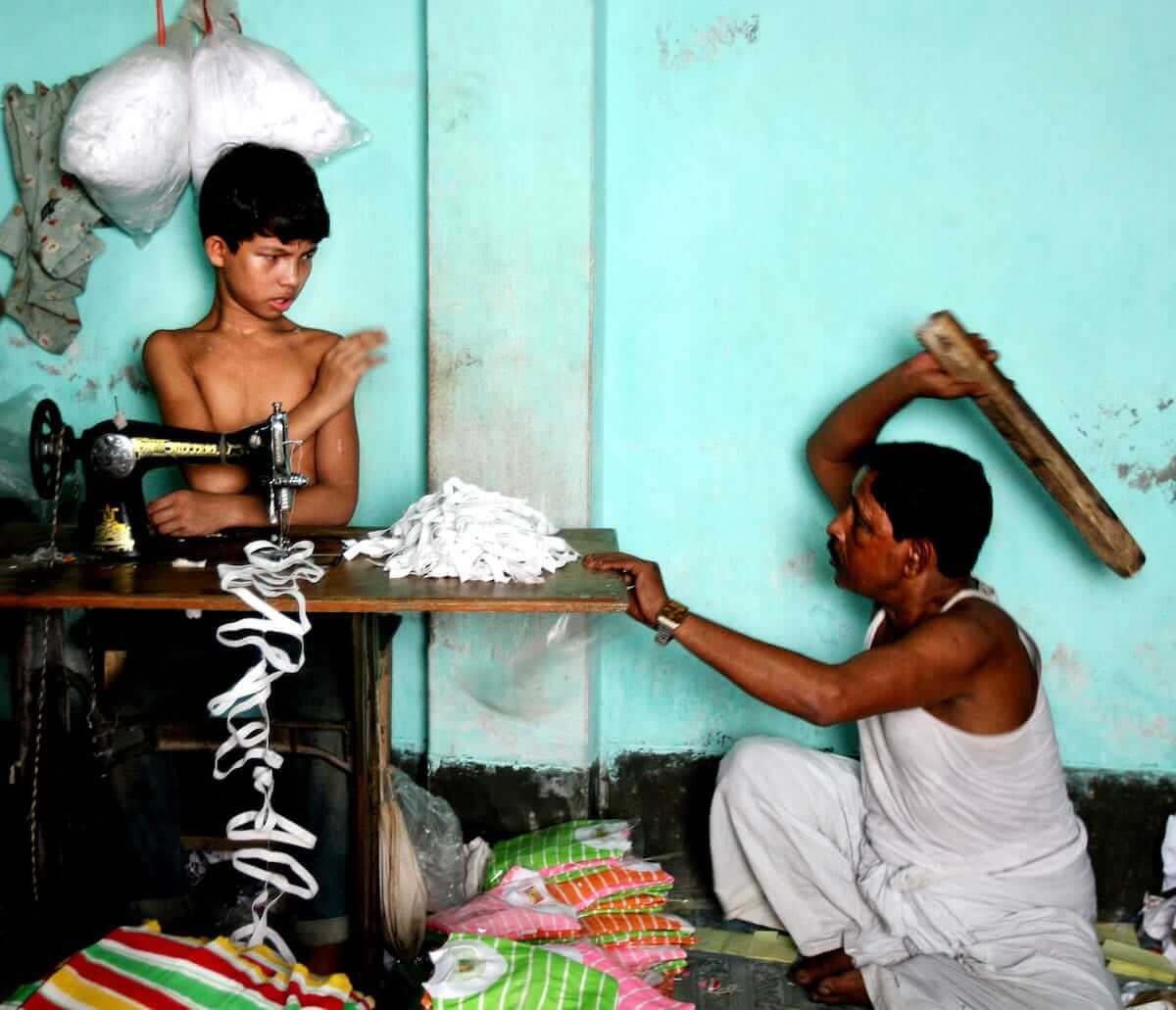
You’re really a pioneer of photography in Bangladesh. What were the biggest challenges you faced in starting your career there?
It’s been a very difficult journey on my own in Bangladesh even though it’s my home country. It is very hard to work in such a developing country as a freelance photographer. Just surviving is a crucial issue. Most of the time the lack of assignments was the biggest obstacle for further developing creativity and exploring ideas within Bangladesh. This is still the case today. There are many Bangladeshis now who have chosen photography as a career, so there is a great deal of competition for just a few opportunities. Furthermore, many are willing to work for very little money and some newcomers give their photos to magazines for free, so it undermines the value of the activity within the country and its reputation abroad.
In addition to the competitiveness of going into this field in Bangladesh, many international magazines and other organizations send their own photographers to Bangladesh despite the local talent of photographers here. Still today many of them, as well as big news organizations, send their own photographers and journalists.

[continued] Nepotism in the industry remains one of the greatest barriers for artists like me all the time. I had to earn my position after years of battling and very hard work. I never had any godfather in this industry and coming from nowhere made me an alien and forced me to give my best without any breaks in the industry. I literally survived against all odds, against all conspiracy. I believed from my heart that if I remained true to my work then my work will remain true to me. Thanks to being in the era of the internet world and social media, now artists do not have to go through channels of brokers to exhibit works. You can get work and appreciation for your creativity from every corner of the world. No one can lock your light.
Everything has been possible only because of my hard work and love for photography. I have traveled to more than fifty countries but most importantly, I have been down thousands of nameless streets. I raised myself up to another level in the field and made a position despite coming from nowhere. The proof of my dedication and hard work is in receiving hundreds of photography awards, getting publications in all major media, and being able to exhibit my images in some of the world’s best museums and galleries.

In 2013, you started the First Light Institute of Photography. What’s the mission of the school and what inspired you to start the institute?
I founded The First Light Institute of Photography, a non-profit organization, as a platform for education for unprivileged students who could never afford to have any form of education. I started offering affordable photography classes and workshops for hundreds of aspiring photography students. Later, I created a One to One photography workshop which is personalized for adult students coming from all around the world to Dhaka. The earnings from these photography classes and workshops go back into the school to support free education for young impoverished children and older students usually living in rural areas who have no resources to continue their education due to lack of funds or materials.
Three years ago, I set up a branch of First Light to educate unprivileged children under a tree with 30 young students. Then I built a school building and now I am building an extension for the students, as there are currently 160 poor children who get free education up to class 5. There are 10 teachers employed who receive monthly wages and training. The students come from eight different villages that have an entirely uneducated adult population working as day laborers and small craftspeople. These children will be the first generation to ever be educated in this region.
In addition, I personally oversee the education of 500 unprivileged children who are continuing their education through my offered scholarships. Establishing The First Light Institute of Photography has led me to many other photography ideas and humanitarian projects which are still evolving.

You are a wonderful storyteller, both in pictures and through the short text that you share. How do you go about finding the stories you want to focus on?
With every picture you take, you enter into a space that is unknown to you as a photographer. In the beginning, it feels like forbidden territory, a place you are not supposed to enter surrounded by borders of privacy you are not supposed to cross. You, the photographer, are there at a factory, an old age home, or a brothel with your simple black bag hanging from your shoulder, eyeing everything around you as you are eyed by the people there.
The first days following these intrusions I never take pictures because they would not be good. I wouldn’t know the people I met; I wouldn’t understand the place I had just entered so my photography would be stale and meaningless. But there is always that moment when it feels completely natural to open that bag. However, there is no way of telling why it comes. Suddenly, I have a friendly conversation, or the afternoon light makes everybody around me relaxed and mellow, or someone looks at me in a trusting, yet familiar way.

[continued] Then I take out my camera, and for me and everybody around me, it is the most natural thing to do. There is consent. People don’t accuse me or reject me or pose in unnatural ways. They are just there, doing what they normally do. Then I click away, and it feels like a conversation, a conversation between me and the people, between me and the location, between me and the light, between me and the souls that make this place alive. In such moments a landscape becomes a soulscape.
Afterward, life where I am working becomes trivial again, and the next day everybody asks for their photographs. There is no difference if the people are girls from a brothel, children who work in a factory, or farmers from the countryside. But these little exchanges bring us closer to each other, and the ties between us, which started with small talk and conversation and continued with the first pictures I took, will begin to become deeper and more meaningful, and so will the pictures I take.
The closer I get to them and the deeper our friendship becomes, the simpler my photography gets. I am no longer looking for special angles or artistic points of views; I just open myself to these people, take a good look, frame, and wait for the right moment. When I head home, I have all the moments that I missed in my head, and they will become my source of inspiration in the days to come.
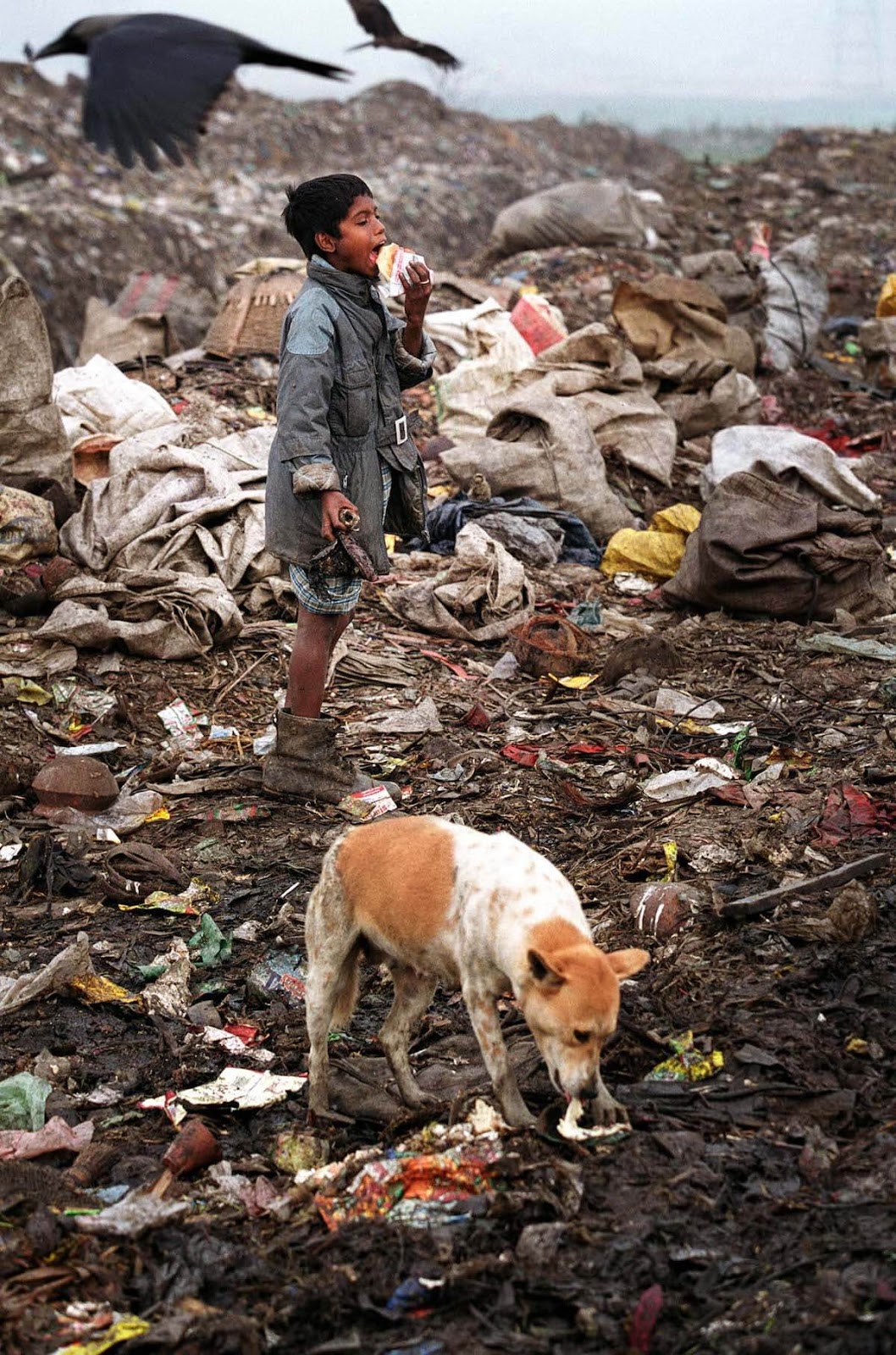
I was particularly moved by your Born to Work series about child laborers. These children have lived such difficult lives. How were you able to get them to open up to you about their situations?
A child laborer’s typical question to me is: “Could you exchange a day with me in my place with your own child? Could you deposit your child to labor in such a place for a day to get $1? If you can’t, can you please do something else for us?”
Frequently faced with these questions from young children who are forced into unimaginable working conditions in Bangladesh from very early ages, I was compelled to document this child labor situation in a photographic series called Born to Work. I started documenting these working children’s lives 15 years ago as a photojournalist.
Down in these deadly factories, the word “childhood” disappears as early as the age of five. Rapid maturity is all that will keep them alive. Their silent cries echo from wall to wall in this hell, which is considered a blessed place for them in order to earn bread. Their compact workstations in these factories or even on the dusty brick-making lands are the places where they are growing up independently.
The danger and hardships are the same in textile factories, brick factories, tanneries, balloon factories, rickshaw factories, motor parts factories, mirror making factories, coal factories, cigarette factories, and dump yards. There is no single risky job where a child laborer cannot be found. For many of them, jeans with a torn shirt is their everyday wear and a banana with bread is a delicious meal.
Escape from an unfathomable situation where 7.8 million children are working in hell, [these children] are looking to you for a solution, which is a terrifying impossibility. I attached my life to them and thus the story began.

Can you share one or two of the most meaningful stories you’ve been told as a photographer?
“I did not get anything to eat yesterday. I slept hungry. But now I am feeling lucky to get this rotten bread. My shoes, clothes, and food all come from this dump yard. Aren’t you going to ask me about the odor? I was born in this place. Someone left me here after my birth, so the smell of this place makes me feel at home. This is my home and these dogs and birds are my family.” – Abu (10 years old)

“No, I don’t go to school nowadays. I had to choose between school and food for feeding my mother and little brothers. My father died last year in this same factory from heat stroke when he was melting iron in the fire place. In this intolerable heat, no one can work if they are not accustomed to it. He was a very strong person and was used to working in the heat. He used to work a lot for us. No one believed he could die here from this heat.
“After my father’s death, I got my father’s job here. I use the same hammer and the same machine but I don’t feel strong like him. I feel very tired, sleepy, and hungry. I miss going to school; I miss playing with my friends; I miss swimming in the nearby river. My father used to buy me colorful ice cream when we used to feel hot. I miss eating ice cream every minute nowadays when it feels hot like hell here. I have one uncle who buys me ice cream sometimes and helps me in my work when I can’t do anything. I want to become like him. I want to reduce people’s misery because my ice cream uncle always says, ‘we need each other.’ ” -Rony
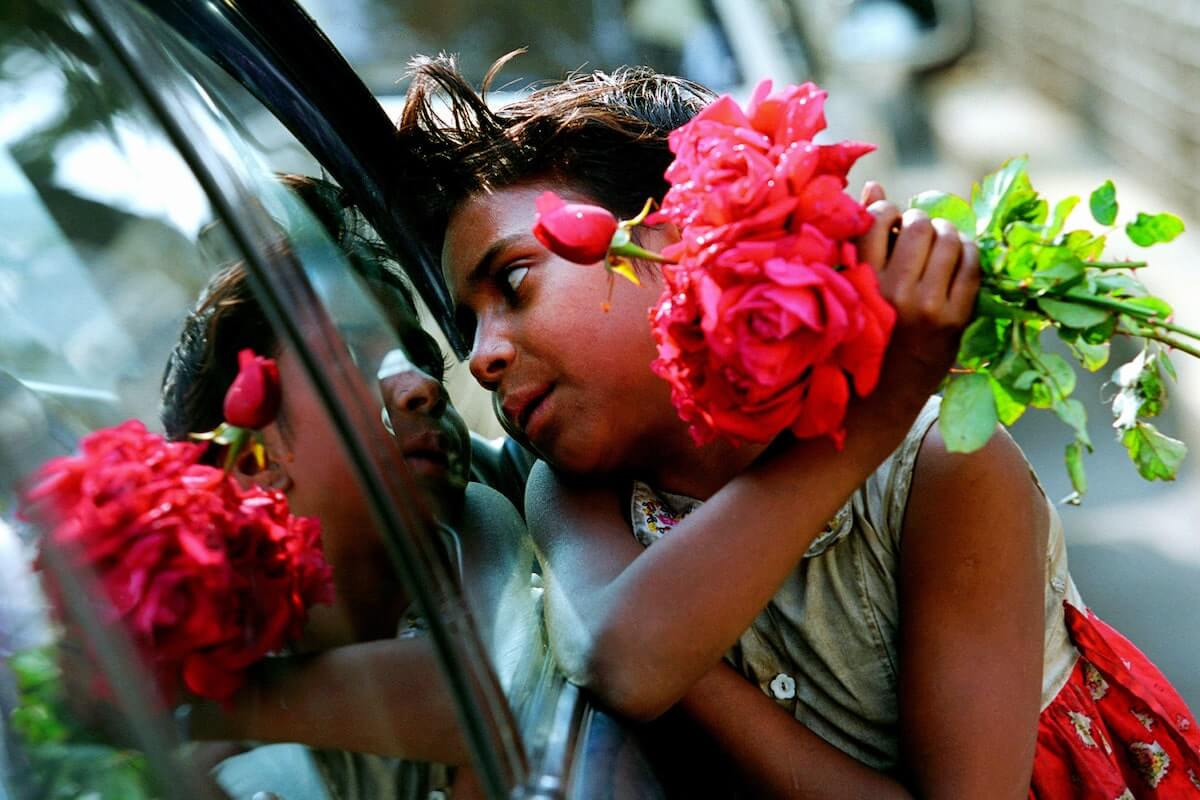
From a human perspective, some of the situations you’ve been witness to aren’t easy to view. How do you prepare yourself to witness such situations?
It is always challenging to be able to gather and articulate the experiences of the voiceless and bring their identities to the forefront, which gives meaning and purpose to my own life. When I cover extreme social stigmas, I feel an urge to deliver those untold stories to the world’s table and to ask the people to walk up and see.
My deepest personal concern is to get to the root of the situation, whatever it may be. I continue to work with the hope that I can bring possible changes. I put my endless passion into the stories, which are heart-wrenching. Getting access to all these stories and depicting their lives truthfully is the hardest part. Building trusting relationships with these characters and everything else is very challenging.
Sometimes silence speaks louder than words. I was out of words when I listened to the experiences of rape victims, child laborers, Rohingya refugees, sex workers, acid survivors, day laborers, and more. Listening to such trauma caused me heartache, too. I often feel an unbearable pain that causes me to become breathless. That’s why I remain silent during the time.

[continued] Those silent moments help me to recover my existence as a photographer who has a duty to show the truth to the world. The most difficult part of the job is to hold that emotion and continue to document their lives, which the world knows nothing about. The most interesting fact is that after some period of silence, most of them smile at me and would ask me if I wanted something to eat. Suddenly, we would stop talking about those incurable scars that were stabbing my heart just minutes earlier. They would smile at me with the tears rolling all over their faces, those moments are precious, and I am unable to depict that in my camera or with my words.
It’s the same when it comes to the heartless scenario of working children’s suffering and my own reaction of inner emptiness that freezes my finger preventing contact with the shutter button. But even with all those sorrowful expressions followed by smiles when they give a look, these courageous children push me to overcome anything and then my camera clicks nonstop.
The strength of a six-year-old to feed his sick mother or courage of a refugee grandmother who crossed an ocean in a rubber boat to search for her grandchild are my inspiration. The soul that never loses hope in vulnerability is giving power to my journey. The smile that survives through pain is the canvas of my work. I cannot deny the love of a brothel sister who cares to keep food for me from her portion. The barefooted refugee who traveled six months, crossed a mountain range and an ocean, cared enough to stop me working in order to take rest and share food.
These experiences make me feel that the biggest joy of life are the small moments of miracles when you can laugh from your heart, give without keeping anything and live knowing through them that death can come at any moment.

Why is it important for you as a photographer to focus on social issues and bring them to light?
To underline our lives, our awareness, I persist to treasure and poke the “spinal cord” of the world by transforming suffering into photographs. For me, photography is my language to access, to communicate, to identify, and mostly to make it heard.
As a photographer, I feel it is my task to show the world these unseen realities and to shed light on what most of us never see with our own eyes. I want to show the things that simply shouldn’t be.
Obviously telling their tales are my main job but still year after year of seeing their same never-changing circumstances, I felt depressed and hated the situation. I am a simple photographer but still, what I have achieved was not enough for me. I promised myself to change at least a few lives that I was able to change. I started helping street children, child laborers, homeless people, destitute families, elderly citizens, and refugees in difficult to reach communities.

[continued] For many years I have been working on child labor; situations where childhoods are sold for less than a dollar a day—and gone forever. Once an 8-year-old balloon maker told me, “I took some damaged balloons for my little sister; I have no time to play. I have only time to support my parents.” I realized at that point I should turn my lens on lives like him.
Our simple work may be our greatest inspiration to become better human beings each day. By making some effort through our work in changing the world even if just a little for the better, we can find the way to love and altruism. Helen Keller inspired me with this quote:
“I am only one, but still I am one. I cannot do everything, but still, I can do something; and because I cannot do everything, I will not refuse to do something that I can do.”
During the last twenty years, every person I met has had a story to tell. I try to capture the beauty of the people and their souls. Though the real circumstances of some of the people I portray may be quite grim, they are all strong individuals with remarkable characters. It is my duty as a photographer and an artist to point out every aspect of existence in society.

What do you hope that people take away from your work?
First and foremost, photography is my passion and secondly, it is a tool to affect positive change. I shoot almost every day because I love to do it. I do not see photography as a competitive activity, nor do I strive for status or reputation. I want to show my pictures to my audiences. I want them to feel something.
I have seen many of my colleagues who hardly share their photographs and keep them all for competitions, grants, or exhibitions. I am very clear about the fact that I take photographs to show people, to convey a message, and to make a change. Until I can spread my message; until I share stories of broken hearts; until I can show how brave my subjects are; I do not bother with anything else.
On my Facebook page, every day I receive messages such as: “You have changed me and my way of thinking. Thank you,” or “After seeing your photo I cried until midnight. What can I do for that brave lady?” Sometimes I receive hundreds of wishes and prayers just on one photo story. That matters to me more than any achievement recognition in the profession. I believe that if my photographs can connect with the hearts of the viewers and create changes in their lives or motivate them to help others, then this is the ultimate achievement and happiness for me and my gift to the world.

Where do you see yourself in the next five years in terms of your photography?
I aspire to do many things. I am currently working on my nine-year project Heroes of Life in the form of a book with real-life stories and images of people who have suffered greatly but who have had the determination and courage to change their lives.
I would like to change the life of every single person who will be portrayed in this upcoming book. I am continuing to work on my long-term projects including the development of the extension The First Light Photography Institute’s rural school.
My greatest pleasure is being able to bring a smile to a face. My book Survivors is still spreading happiness among survivors’ families as I am continuing to give them an opportunity to elevate their lives. The 65 families that I found who are portrayed in the book are now happily working in businesses that I set up for them as a gift. My desire is to give more. If I had a magic kit I would abolish the tears of all sufferers. But as I do not have such a thing, I will still try to wipe off the tears of a few. Besides these goals, my never-ending photography journey is always leading me along paths to more souls in anguish who can find refuge in my work and peace in the knowledge that their stories are being heard.

[continued] I believe it is my duty as a photographer to point my lens in the face of deprivation and also to offer a hand to the people who are dying without any help. This is the best reward I get from photography that opens my heart and lets me give love as well as give whatever resources I have. The only sin for a photographer is to turn his head and look away. I will continue to pour my heart and soul into depicting these incredible human beings and to write the narrative of their life experiences; I will be continuing to write and capture the beauty of people and their souls.


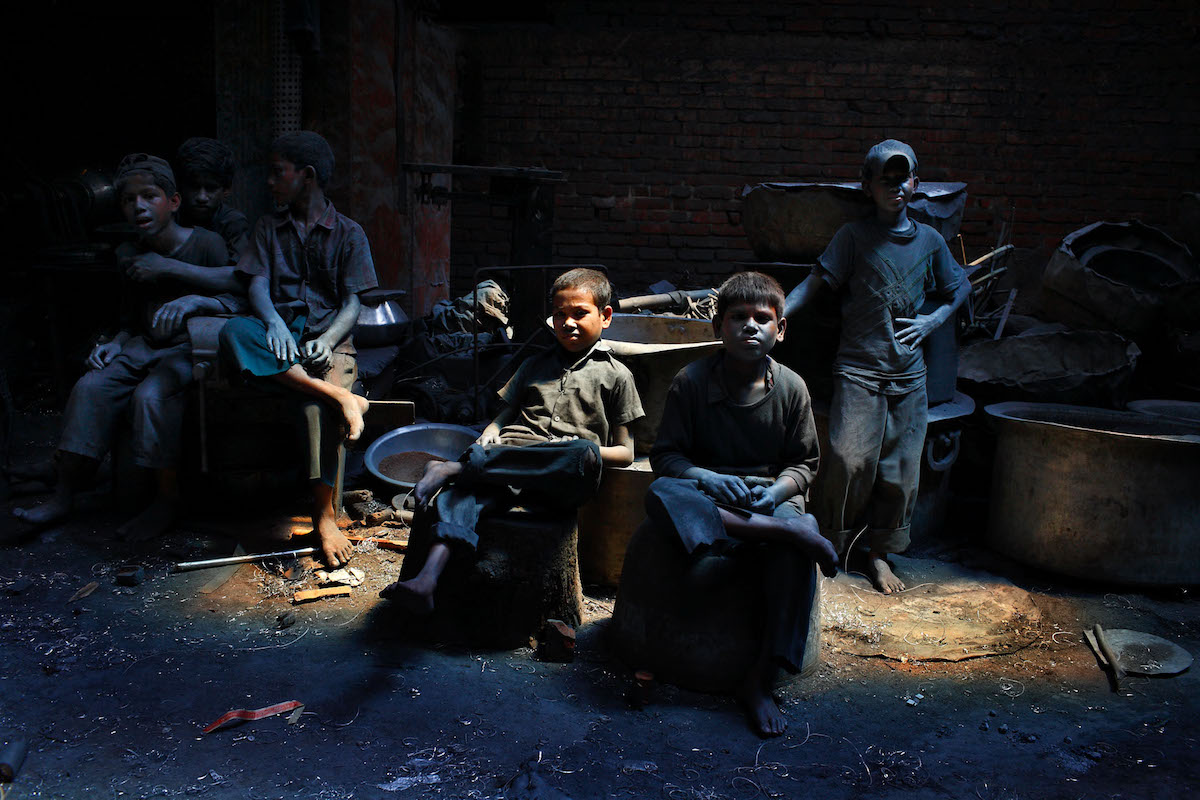

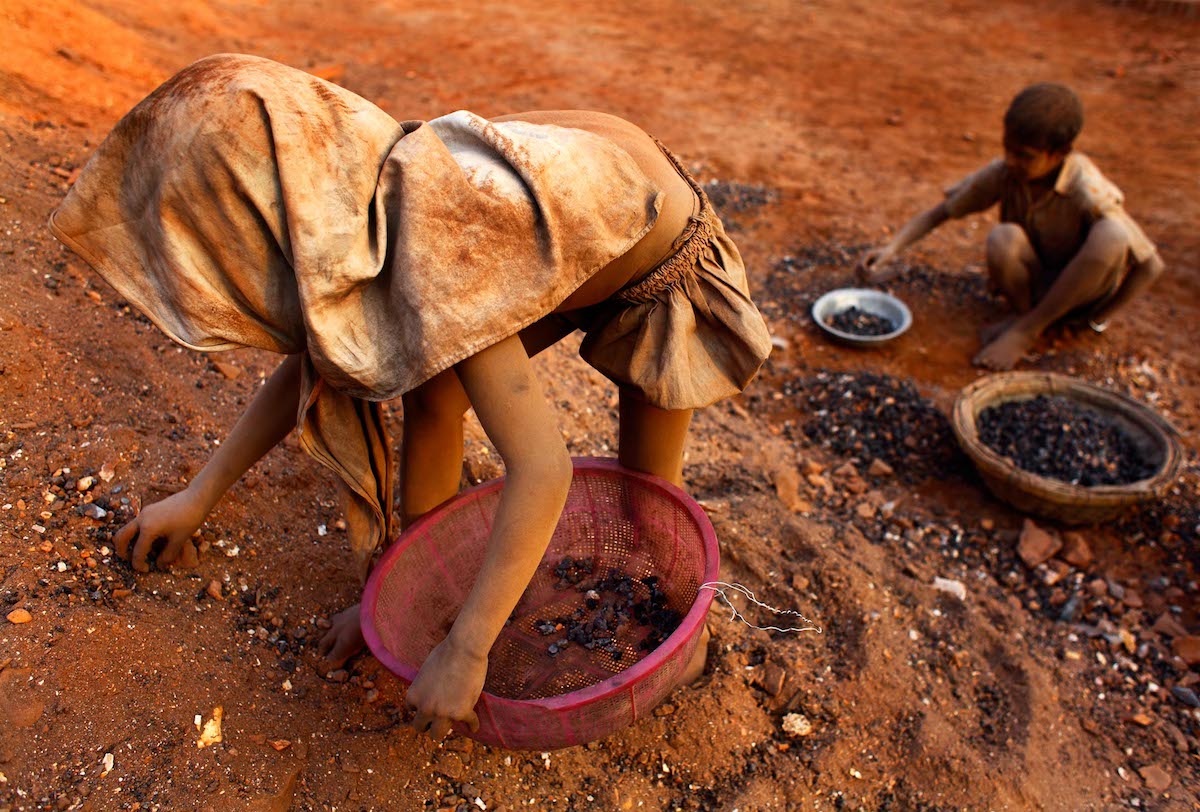

GMB Akash: Website | Facebook | Instagram
Reference: Mymodernmet













Thanks for the Rheumatoid Arthritis Information list
ReplyDeletehotmail.com
ReplyDeleteMy name is steven From Canada i never know that spell caster is real, I thought they are fake until I met a man called Dr BAKABA On this day i am very happy to tell the world that johnson is back to me thanks to Dr. BAKABA who use is great powers to cast a spell that brought alicia back to me within 3days. I really want to tell the world that Dr. BAKABA is genius and powerful this means that is capable to restore any broken relationship or marriage just within the period of 3days. And due to the fact that Dr. BAKABA is very helpful and must people will need is help to restore there relationship or marriag i will write out the contact via email: ( bakabaspelltemple@gmail.com ) or you add him on whatsApp (+2347063836098 ) or you call him Believe me Dr. BAKABA is the right person to restore your problems just exactly the way you want it to be ?